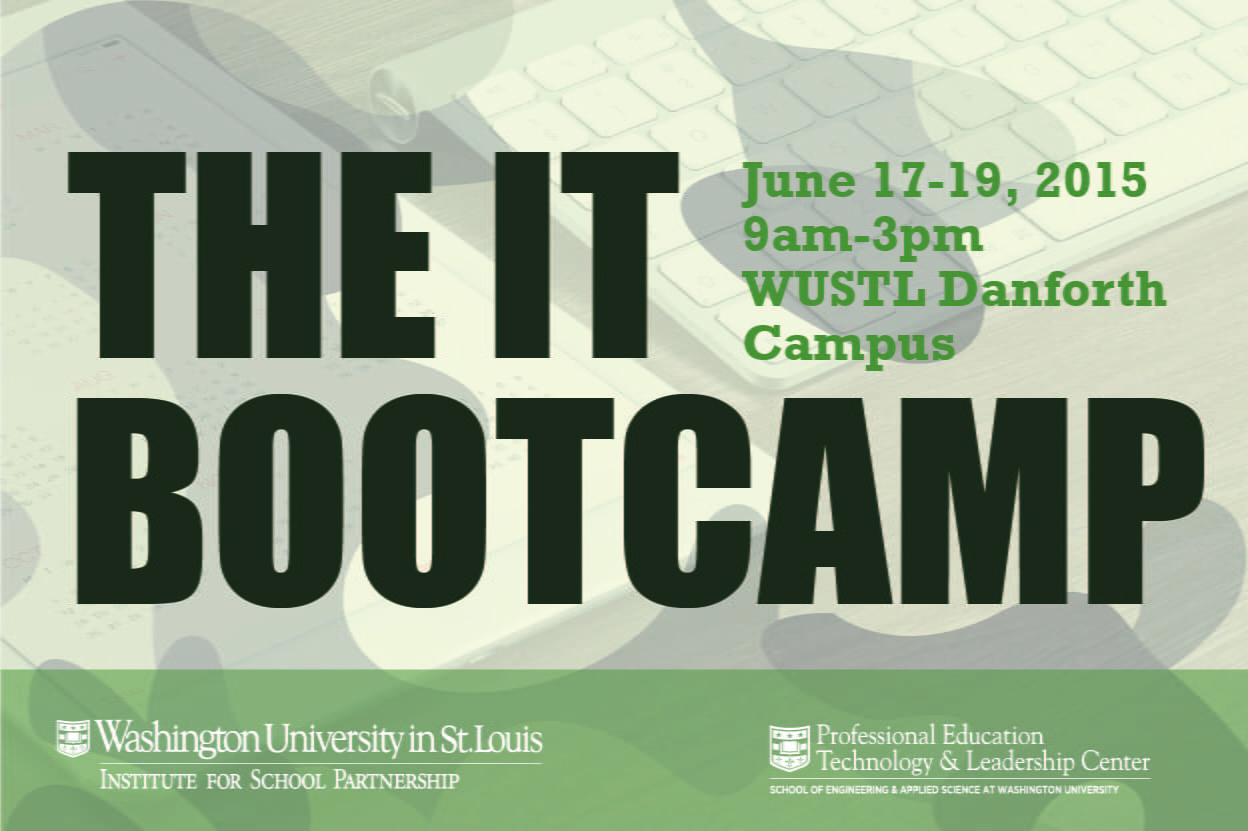For one week of their summer vacation, a group of high school students challenged themselves to a new type of bootcamp.
Through a partnership of Washington University’s School of Engineering & Applied Science and the Institute for School Partnership (ISP), the IT Bootcamp put students through a three-day intensive workshop, focusing on web development and STEM (science, technology, engineering and math) skill building.
Johnnie Foster, director of the Technology & Leadership Center, helped coordinate the bootcamp.
“It’s important for students to be exposed to areas such as web development in order to encourage them to have some sort of a plan or process to evaluate and eventually select a career path in STEM,” Foster said.
In its first year, the pilot program accepted eight students to participate. Douglas Shook, a lecturer in the Computer Science and Engineering Department, led the first two days of the bootcamp, teaching HTML and CSS.
“Over the two days I spent with them, each of the students managed to create their own webpage that included topics they enjoy,” Shook said. “By the end of the course, students were finding their own solutions to problems without any assistance from me.”
While two days focused on the specific skill of web development, the bootcamp ended with a day focused on STEM careers. The students were shown potential careers paths and taught non-technical skills needed for success in the career field in general.
Foster said that in addition to technical skills, they also wanted the students to be aware of other skills needed within the field of information technology, such as business analysis, product development and project management.
“With regards to this particular group, they were simply great. Bright, engaging, curious and insightful,” Foster said. “One other encouraging note was that more than 50 percent of the students were female. A major need in STEM professions is greater insight and learning gained by having more diversity.”
In the end, the goal was simple: to inspire students by communicating the possibilities available to them in STEM careers.
July 2015 | by, Gennafer Barajas
